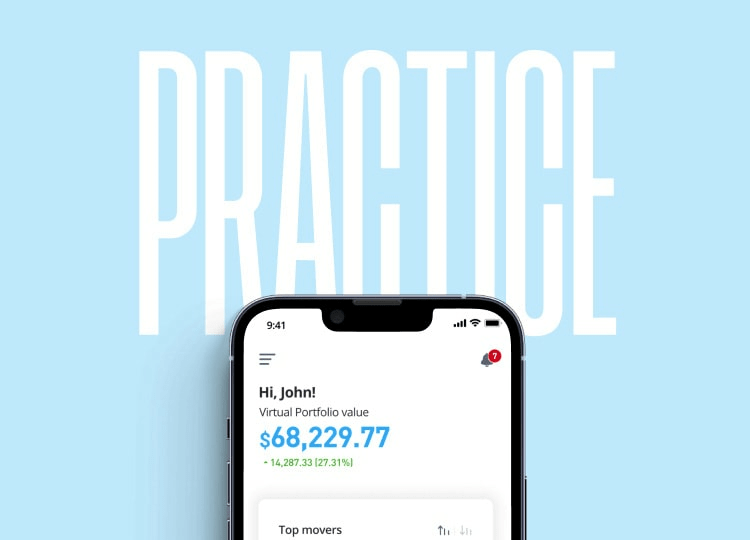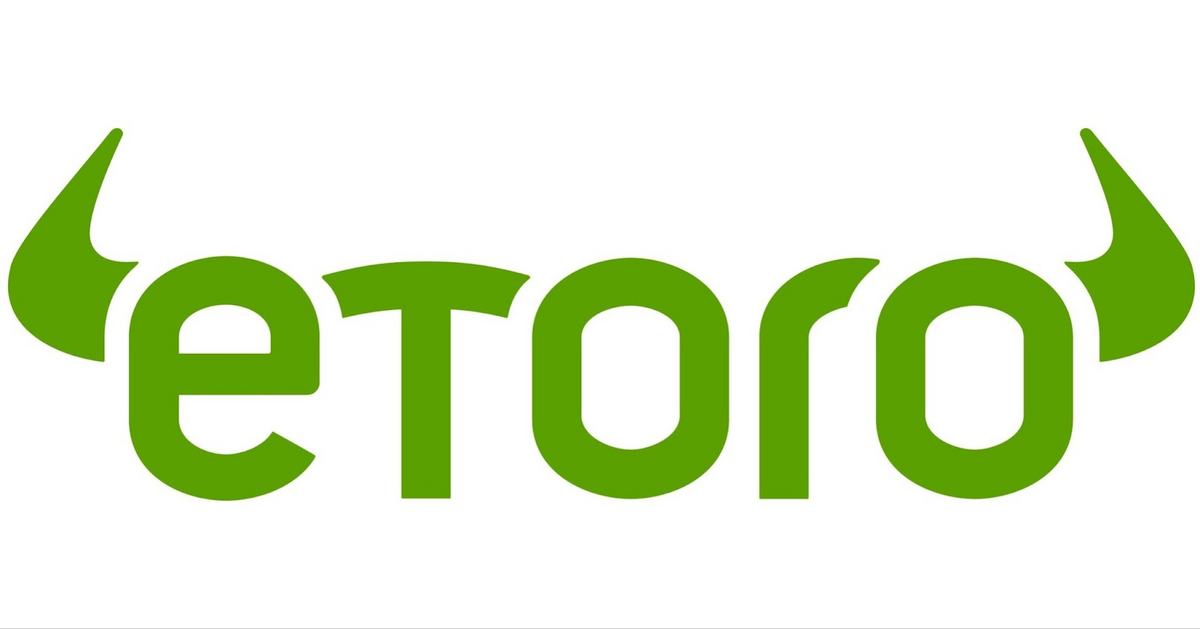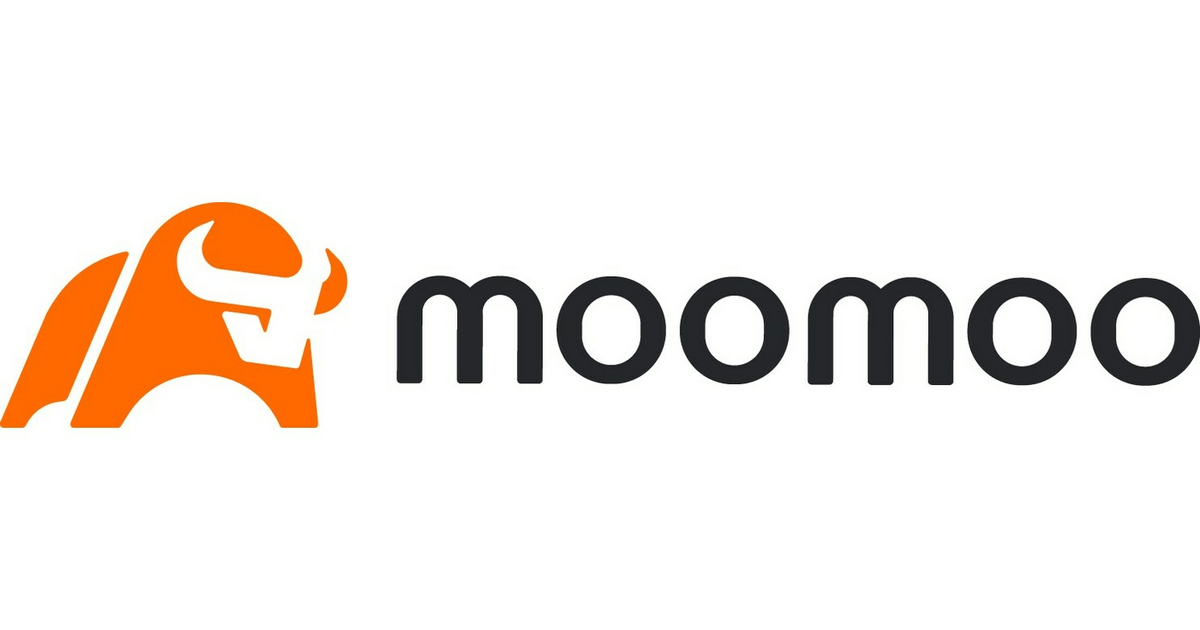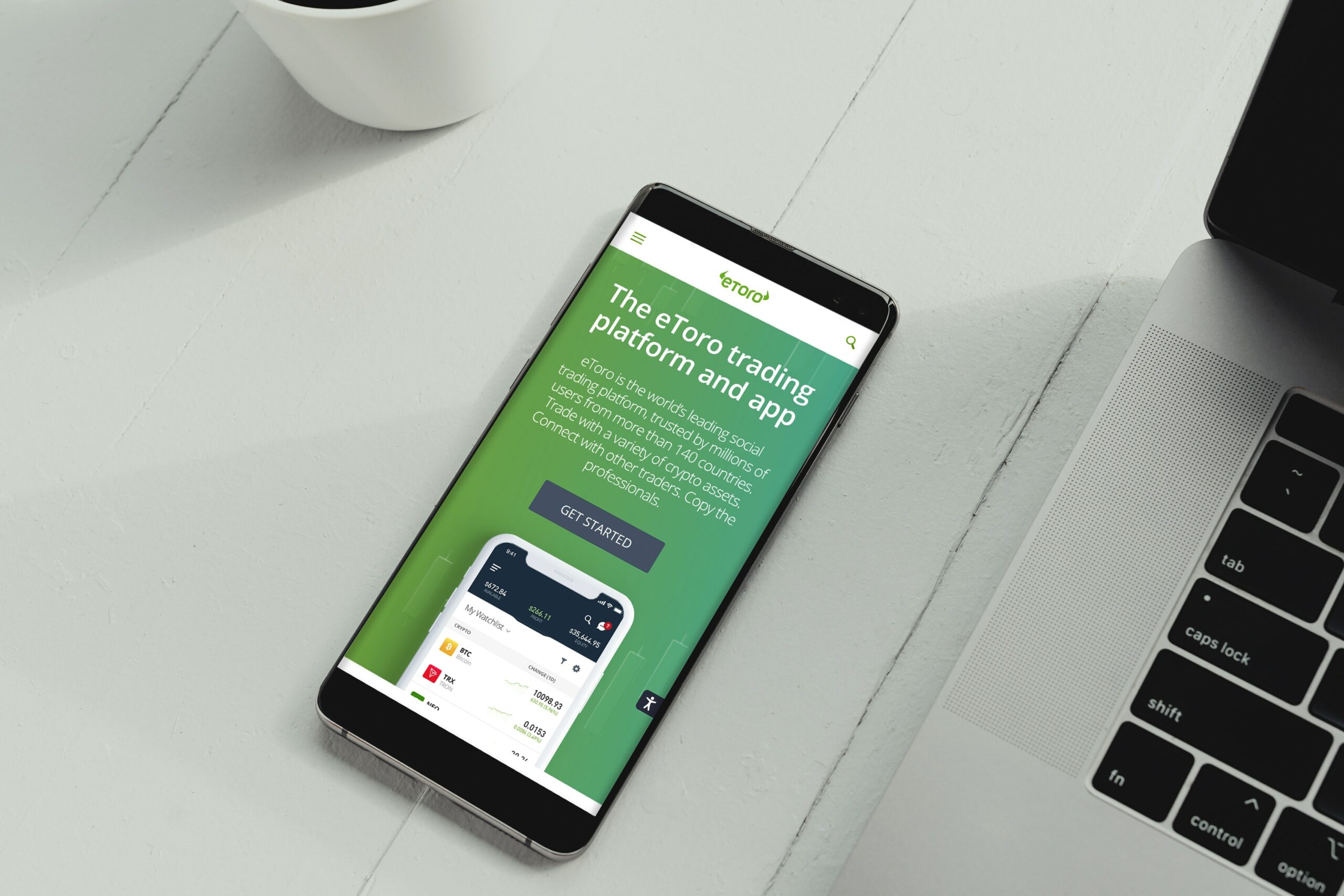There’s a reason why so many people want to learn how to day trade.
It’s exciting and potentially profitable — plus, it’s easy to get started and you can do it from anywhere.
Unfortunately, many new traders jump into the game without understanding how day trading actually works, resulting in frustration and costly losses.
You don’t have to be one of them. If you want to know how to get into day trading, you’re in the right place.
Special Offer: Moomoo x WSZ
We have partnered with moomoo, one of the top trading brokerages in 2025.
On moomoo, you can:
- Trade stocks, ETFs, and options commission-free
- Access moomoo’s Earnings Calendar and Earnings Hub
- Get real-time Level 2 market data for free
Plus, our readers can get up to 30 free stocks and an 8.1% limited-time APY on idle cash and a transfer-in bonus of up to $300. Don’t miss out on these rewards.
But don’t delay — this offer is only valid for a limited time.
While there’s no single best way to learn about day trading, there are several resources, tools, and strategies that can help set you up for long-term success. Let me tell you all about them, plus educate you on some of the risks associated with this potentially-lucrative activity…

What is Day Trading?
Traditionally, retail investors purchase shares of a company’s stock with the intention of holding for years.
A day trader, on the other hand, holds positions for less than a day.
Why?
Day traders typically aren’t concerned about the fundamental health and long-term potential of the behind a stock. Rather, they’re trying to profit off short-term price movements.
Traders rely on technical charting to find trends in stock prices, which can help them anticipate profitable trades.
Why the stock moves is of little concern — but the size of the move is. The greater the movement in price, the greater the potential payoff.
At a glance: TOP day trading resources
Best day trading computer: Gladiator 14X from EZ Trading Computers
Best day trading education: Investors Underground
Best options education & alerts service: Benzinga Options
Best brokerage for trading stocks: TradeStation
Best brokerage for trading options: eToro*
Best alert service: The Trading Analyst
Best trading simulator: eToro
eToro is a multi-asset investment platform. The value of your investments may go up or down. Your capital is at risk.
What You Need Before You Begin Day Trading
Want to know how to get into day trading? Start here:
1. Choose an asset class
Day traders tend to focus on a single asset class. Most day traders focus on stocks or options.
- Stocks are a security that gives you a small piece of ownership of a company.
- Options are contracts that give the owner the right, but not the obligation, to buy or sell an asset (often stock shares) based on meeting predetermined criteria.

2. Determine your risk tolerance
In finance, risk typically refers to volatility, or the frequency and magnitude of a security’s average price moves.
For example, consider these two scenarios:
- A security that regularly trades between $10 to $20
- A security that trades between $14 and $16
The former — the security that has bigger average price swings — is less predictable and therefore riskier.
Of course, more risk can also equate to a higher potential payoff.
That said, the most important rule when considering your comfort with risk is this:
Invest only what you can afford to lose.
There are no guarantees in the stock market. Even the most successful day traders have losses. This fact cannot be stressed enough.
So what asset class is riskiest? In general, the risk hierarchy goes like so:
- Stocks are considered more volatile (risky) than bonds
- Options are considered more volatile (risky) than stocks
Options, in particular, can offer traders immense payoffs with minimal investment.
The catch? Options contracts involve a type of leverage, or the ability to make bets worth orders of magnitude more than their actual invested cash amount.
Of course, if the bet is incorrect, you could be on the hook for a leveraged, outsized amount that exceeds what you put into the trade.
For this reason, options are often considered one of the riskiest asset classes to trade. It’s imperative you understand the risks associated with various options contracts and strategies before trading them.
3. A strategy to employ
Successful trading shouldn’t be like throwing darts at a board to see what sticks.
A time-tested strategy can give you an edge in the markets and keep you disciplined. It can also help limit emotional trading, where good money can be thrown after bad.
Over time, most day traders develop their own strategy. But to get started, you’ll probably need to study what successful traders who came before you have done. Options trading alerts are a great way to get trade ideas when you’re starting out.
Day trading courses can help you understand strategies that have a history of success. Here are two suggestions:
- Investors Underground offers a vast library of educational resources and ecourses. It’s not cheap, but the curriculum is exceptional and backed by strong reviews. If you’re serious about day trading, you should strongly consider the investment.
- TD Ameritrade’s free courses include strategy guides to help you choose and refine your preferred trading approach.
It’s worth taking the time to develop a strategy. Without one, you might get lucky initially, but you’ll lack focus and direction, which could take you out of the game early.
4. Practice
Paper trading, or simulated trading, is a great way to get familiar with the ins and outs of day trading without sacrificing real money.
Even established traders will use paper trading platforms to test out new strategies, hone their skills, and deepen their understanding.
Our favorite platform? eToro, which lets you trade with $100,000 of virtual dollars. (Check out our other top picks here.)
Repeated practice is one of the best ways to learn about day trading. No matter how much you read about stocks, doing the “reps” is what really builds those trading muscles.
How Much Can You Make Day Trading Stocks?
If you ask Zip Recruiter, the average employed day trader in the United States earns nearly $77,000 annually.
Of course, that metric is based on professional, employed day traders. That’s a lot different than the average day trader who works from home.
Day trading is usually not a 9-to-5 job, so it’s important to adjust your expectations.
Here’s what every new day trader needs to know…
- There’s no limit to the amount of money you can make day trading stocks.
- But it’s also possible to lose everything you put in — or even more, if you’re a short seller.
Typically, if you want to make more money as a day trader, you’ve got to:
- Trade larger amounts (i.e., invest more money in a particular stock).
- Trade more volatile securities
You see what I’m getting at here. The greater the risk, the greater the potential payoff AND potential loss.
How Much Can You Make Day Trading Options?
Like with stocks, there’s no limit to how much money you can make.
However, options typically allow for a more accelerated profit or loss.
What does that mean? Since options involve a sort of leverage (i.e., you can bet more than you have in cash), they can provide larger payoffs than stocks — as well as more substantial losses.
The 3 Best Day Trading Tools
If you want to get started day trading the right way, consider investing in these tools:
1. Computer – Top Pick: Radical X12 EZ Trading Computer
Technically, you could trade solely from your phone, but I don’t recommend it.
But what type of computer is best for day trading?
While you don’t require top-of-the-line equipment, better performance via higher RAM can help ensure your trades are executed quickly.
Our favorite computer for day trading is the Radical X12 EZ Trading Computer. At $2,999, this CPU packs a powerful punch.
Check out more details here — including a promotion to elevate this desktop with an impressive 64 GB of RAM and an Intel Core i9-13900KF, 24-core, liquid-cooling processor.
2. Online Brokerage and Charting Platform – Top Picks: TradeStation & eToro
Your broker is like the bridge between you and trades. Don’t just go with the first or cheapest one you find.
Online brokerages can offer a wide range of pricing, execution performance, and research tools, like charting software. Here are our favorites:
- When trading stocks, TradeStation is our favorite. Its clean interface makes it an excellent candidate for day trading for beginners, and its rapid execution ensures traders on the platform have an edge. (Find our comprehensive review here.)
- Alternatively, when it comes to trading options, eToro takes the top spot. With no commissions or fees on options contracts, a modest $50 account minimum, and a user-friendly interface, eToro is easily our favorite options-trading platform. Read more about eToro and other option trading platforms here.
eToro is a multi-asset platform which offers both investing in stocks and cryptoassets, as well as trading CFDs.
Please note that CFDs are complex instruments and come with a high risk of losing money rapidly due to leverage. 51% of retail investor accounts lose money when trading CFDs with this provider. You should consider whether you understand how CFDs work, and whether you can afford to take the high risk of losing your money.
This communication is intended for information and educational purposes only and should not be considered investment advice or investment recommendation. Past performance is not an indication of future results.
Copy Trading does not amount to investment advice. The value of your investments may go up or down. Your capital is at risk.
Cryptoasset investing is highly volatile and unregulated in some EU countries. No consumer protection. Tax on profits may apply.
Don’t invest unless you’re prepared to lose all the money you invest. This is a high-risk investment and you should not expect to be protected if something goes wrong. Take 2 mins to learn more
eToro USA LLC does not offer CFDs and makes no representation and assumes no liability as to the accuracy or completeness of the content of this publication, which has been prepared by our partner utilizing publicly available non-entity specific information about eToro.
3. Alert Service – Top Pick: The Trading Analyst
Many day traders use alert services, or services where veteran traders send buy/sell signals of each trade they’re making.
Alert services are particularly valuable for traders who still have full-time jobs.
Not all day traders can spend every hour the market is open glued to their computer screens. Alert services can allow you to focus on other work without worrying you’ll miss critical signals pertinent to your trading strategy.
Our pick? The Trading Analyst. Here’s why.
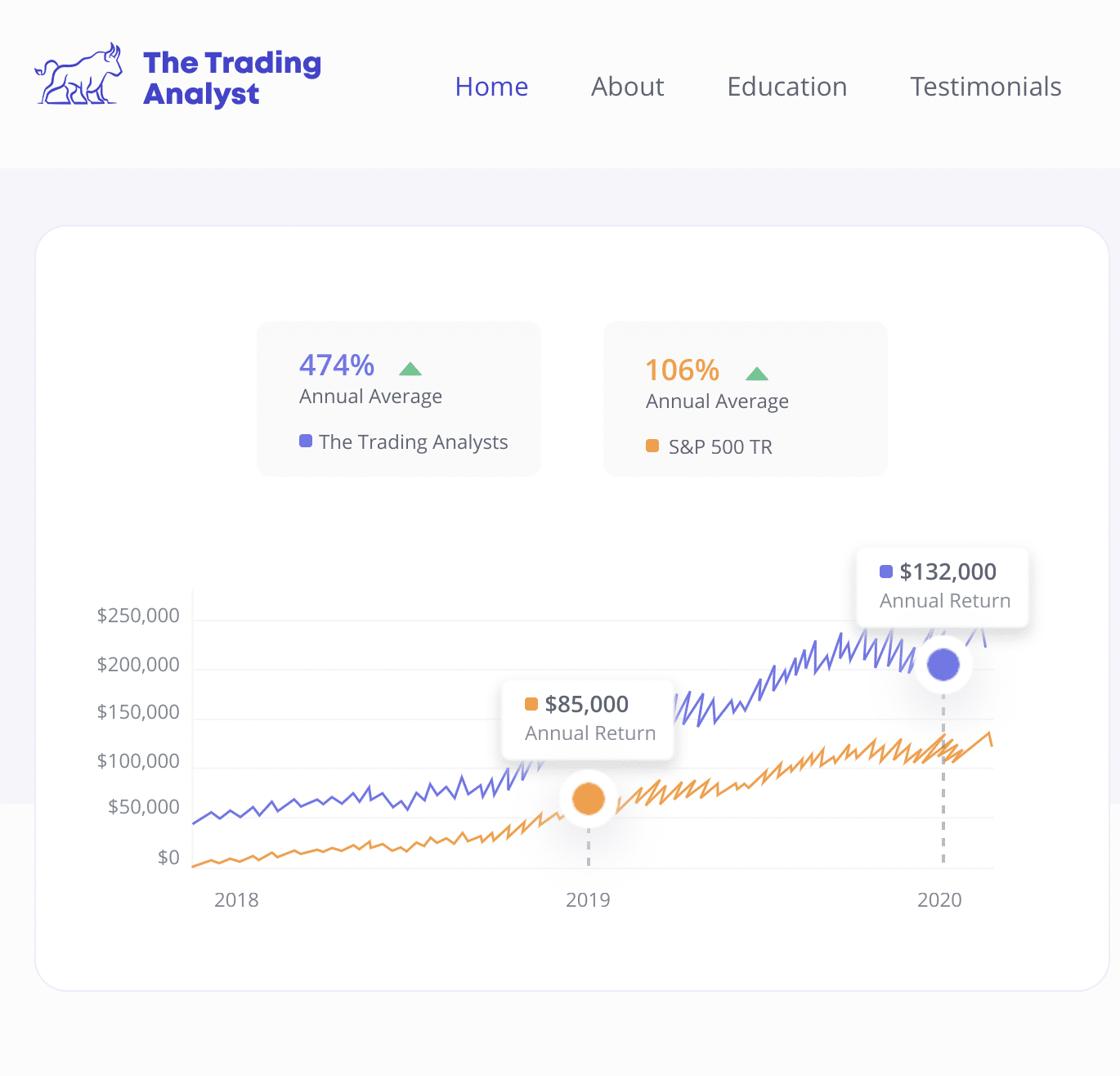
First, the variety. You get a lot of alerts:
Swing Trade Alerts: The Trading Analyst sends out both entry/buy and exit/sell signals (alerts) on both options and stocks. Alerts are sent in real time via SMS, email and are now also broadcasted through the site’s exclusive private Telegram channels (with custom charts). Every position they enter is updated in their real-time Portfolio tracker with targets and stop/loss parameters.
They also use Telegram channels to share performance updates, context behind moves, and more.
Intraday Alerts: The Trading Analyst has added a new day trading system for members. It focuses on QQQ Index trends with alerts based on 3-minute bars, active from 30 minutes post-market open to 15 minutes pre-close. Given QQQ’s volatility, trade durations may range from 3 to 30 minutes.
They share alerts via their Intraday Alerts Telegram channel — and the team is reportedly working on a system that will fully automate these trades for our members.
In addition to the alerts, you get:
Weekly Trading Report: Every Monday, The Trading Analyst’s senior trader offers a comprehensive recap, setting the tone for the upcoming week. (It has an impressive ~50% open rate).
Watchlist Feature: A daily updated curated list, complete with live commentary.
Weekly Updates on Potential Setups: Weekly insights on potential plays.
Comprehensive Trading Courses & Educational Material: The Trading Analyst offers an impressive array of courses, including options courses for beginners and advanced traders, a “Stock Chart Patterns Cheat Sheet” course, and more.
Moreover, The Trading Analyst offers the best comprehensive trading alert service that we’ve found. Learn more about the service here and other alert service offerings.
The Best Way to Learn About Day Trading
There’s never been a lower barrier to entry to learning about day trading.
There’s a mindblowing amount about day trading for beginners that can be found via YouTube videos and different ecourses.
Just about everything you need — signing up for a brokerage to executing complex option strategies — has a custom-made video explainer.
When you’re ready to uplevel, these are great educational resources for stock and options traders:
1. Best stock trading course: Investors Underground
As noted earlier, Investors Underground isn’t cheap. But you get what you pay for.
Not only do they have a vast library of ecourses and educational materials, but you’ll also get access to mentors and the platform’s massive active chat room.
(Learn more about Investors Underground and other day trading courses here.)
2. Best options trading course: Bezinga Options
The Behzinga Options course is possibly the single best way to learn about day trading options that we’ve come across at WallStreetZen.
The curriculum stands out for its use of practical, real trades, not theoretical scenarios.
The course delivers a thorough options education from a highly-profitable options trader.
(Want more great options trading courses? Click here.)
At a glance: TOP day trading resources
Best day trading computer: Radical X12 EZ
Best day trading education: Investors Underground
Best options education: Benzinga Options
Best brokerage for trading stocks: TradeStation
Best brokerage for trading options: eToro
Best alert service: The Trading Analyst
Best trading simulator: eToro*
eToro is a multi-asset investment platform. The value of your investments may go up or down. Your capital is at risk.
Final Word: How to Day Trade
There’s a reason why day trading is so popular. It’s an often-lucrative activity that can range from a part-time hobby to a potentially high-paying full-time career.
While we’ve covered the basics of how to day trade in this article, your day trading education should be an ongoing pursuit. Over time, you’ll adapt and evolve and likely even develop your own strategy.
The resources in this article will help you on your journey so that you can learn the ropes and key strategies and refine your trading approach while you figure out what works best for you.
Moomoo is a financial information and trading app offered by Moomoo Technologies Inc. Securities are offered through Moomoo Financial Inc., Member FINRA/SIPC. The creator is a paid influencer and is not affiliated with Moomoo Financial Inc. (MFI), Moomoo Technologies Inc. (MTI) or any other affiliate. The experiences of the influencer may not be representative of the experiences of other moomoo users. Any comments or opinions provided are their own and not necessarily the views of MFI, MTI or moomoo. Moomoo and its affiliates do not endorse any strategies that may be discussed or promoted herein and are not responsible for any services provided by the influencer. This advertisement is for informational and educational purposes only and is not investment advice or a recommendation of a security or to engage in any investment strategy. Investing involves risk and the potential to lose principal. Investment and financial decisions should be made based on your specific financial needs, objectives, goals, time horizon and risk tolerance. Any images shown are strictly for illustrative purposes. Past performance does not guarantee future results. U.S. residents trading in U.S. securities may trade commission-free using the moomoo app through Moomoo Financial Inc. (MFI). Please see our pricing page for other fees. Level 2 data is free to moomoo users that have an approved MFI brokerage account. Trading during Extended Hours Trading Sessions carries unique risks, such as greater price volatility, lower liquidity, wider bid/ask spreads, and less market visibility, and may not be appropriate for all investors.
FAQs:
How much money do you need to day trade?
One of the reasons why day trading for beginners is so enticing is that you can start with a very modest amount. Unlimited day trades require a $25K account; traders with small account sizes will be limited in terms of frequency due to the PDT rule.
How much do day traders make?
There is virtually no limit to how much day traders can earn. Some day traders consistently earn profits exceeding a million dollars per year, while others make more modest six-figure sums.
Can you make $100 a day day trading?
Yes, earning $100 a day is possible while day trading. However, it’s also possible to make much more or less than this amount depending on the market conditions, your strategy, and a variety of other factors.
How to day trade for beginners?
Initial steps in learning how to day trade include choosing an asset class, determining your risk tolerance, finding a strategy that works for you, finding a brokerage, and pursuing an education.
Where to Invest $1,000 Right Now?
Did you know that stocks rated as "Buy" by the Top Analysts in WallStreetZen's database beat the S&P500 by 98.4% last year?
Our April report reveals the 3 "Strong Buy" stocks that market-beating analysts predict will outperform over the next year.


